


Hello! I’m Sergey Nikonenko, COO at Purrweb. As a lead project manager and business consultant, I help IT companies enhance their management processes. Purrweb asked me to tell you how to improve retrospectives. If you know what a retro is and wish to make your team meetings more efficient, you’ll find this article valuable.
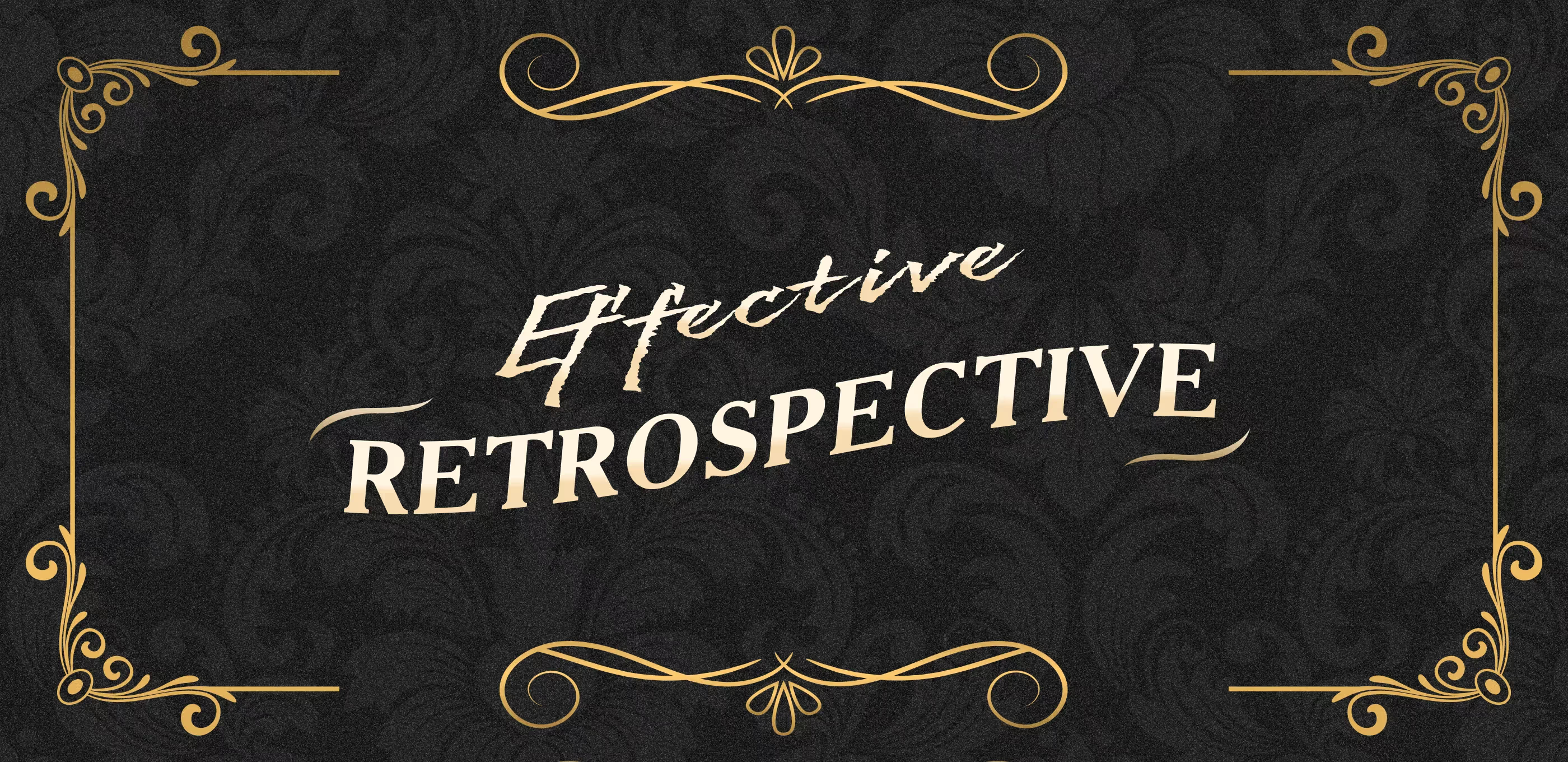
A retrospective is a tool that originates from Agile Scrum Methodology. Everyone has a more or less similar idea of this tool: at the end of a sprint, the team discusses their achievements and issues. Then, they plan their further actions to support the achievements and solve the problems.
A retro has its theory and a set of common rules. But even following all the rules doesn’t guarantee you won’t waste your time. The team’s attitude and the host’s skills play a crucial role here.
I’ve hosted 350 meetings and made an efficient retrospective checklist: a set of 7 tips and tools that help conduct retros that contribute to the success of your business and team.
Preparation precedes any retrospective. At this stage, we collect data and make a meeting scenario. If you skip this stage, your meeting may turn into a spontaneous get-together of no use. So, take care of some necessary points beforehand.
First, decide on the meeting type. It can be a certain issue, a project flow, or results. From time to time, you can have health checks to evaluate the team’s general attitude, motivation, and working capacity.
In the next stage, prepare metrics: collect statistics on the team’s performance and choose the issues for discussion. You can use the ones from the list:
Apart from metrics, you need other information the team acquired over a sprint. The team members can share their ideas during daily meetings or describe them in forms in advance.
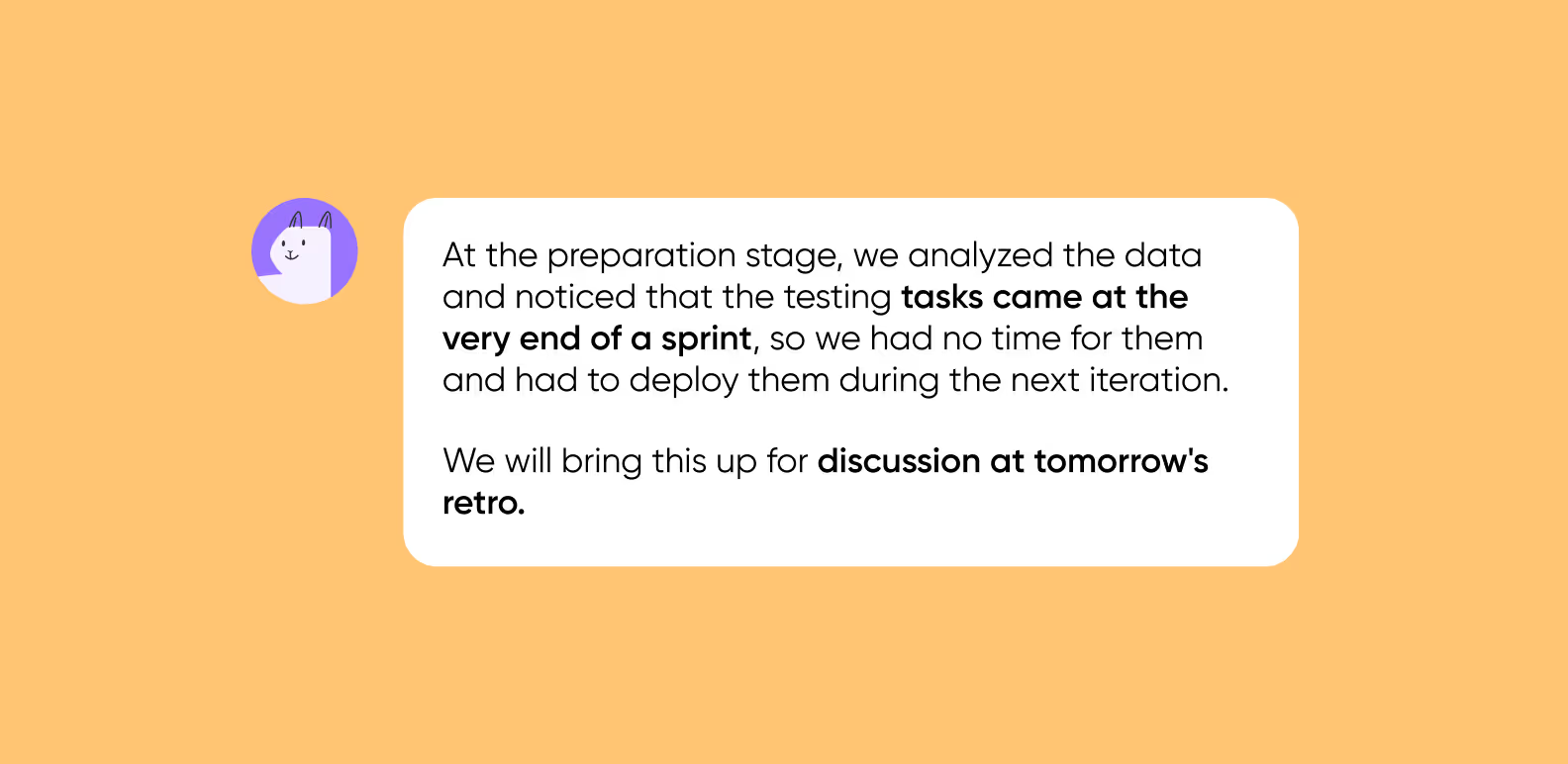
As data is ready, build a template — an outline that helps discuss issues, solutions, and plans consistently. A retrospective includes a few standard stages, and we have ready-made templates for each. We will share the details in the next part.
It comprises 5 stages: opening, collecting data, generating ideas, planning actions, and closing. Each one is valuable, so never skip them or change their positions. Let’s have a closer look at the stages and their values.
⏳ 5-10 minutes
🎯 Helps teammates switch their attention from their work tasks to the meeting itself.
💡 At this stage, we usually apply the templates with game elements. This may seem shallow, but the team must know that emotions matter at the opening, and a positive mood is vital. As we are ready, we start a discussion. The opening stage helps your team relax and switch from one activity to another.
Who Are You Today? is an efficient template from my work routine. Images can vary but they must show different emotions and states of mind. A person selects an image that illustrates their mood and explains the choice. That’s how teammates share their feelings and build trust-based relationships.

⏳ 10 minutes
🎯 It helps understand the overall context of achievements and issues. Here, we show metrics and other collected materials. At the same time, teammates share the questions they are worried about. In the end, we vote to range the collected problems.
💡 The Mad-Sad-Glad template is perfect for collecting data. It’s a board with 3 columns: what made you irritated, sad, or happy over a certain period. A teammate sticks their variants to the relevant columns.
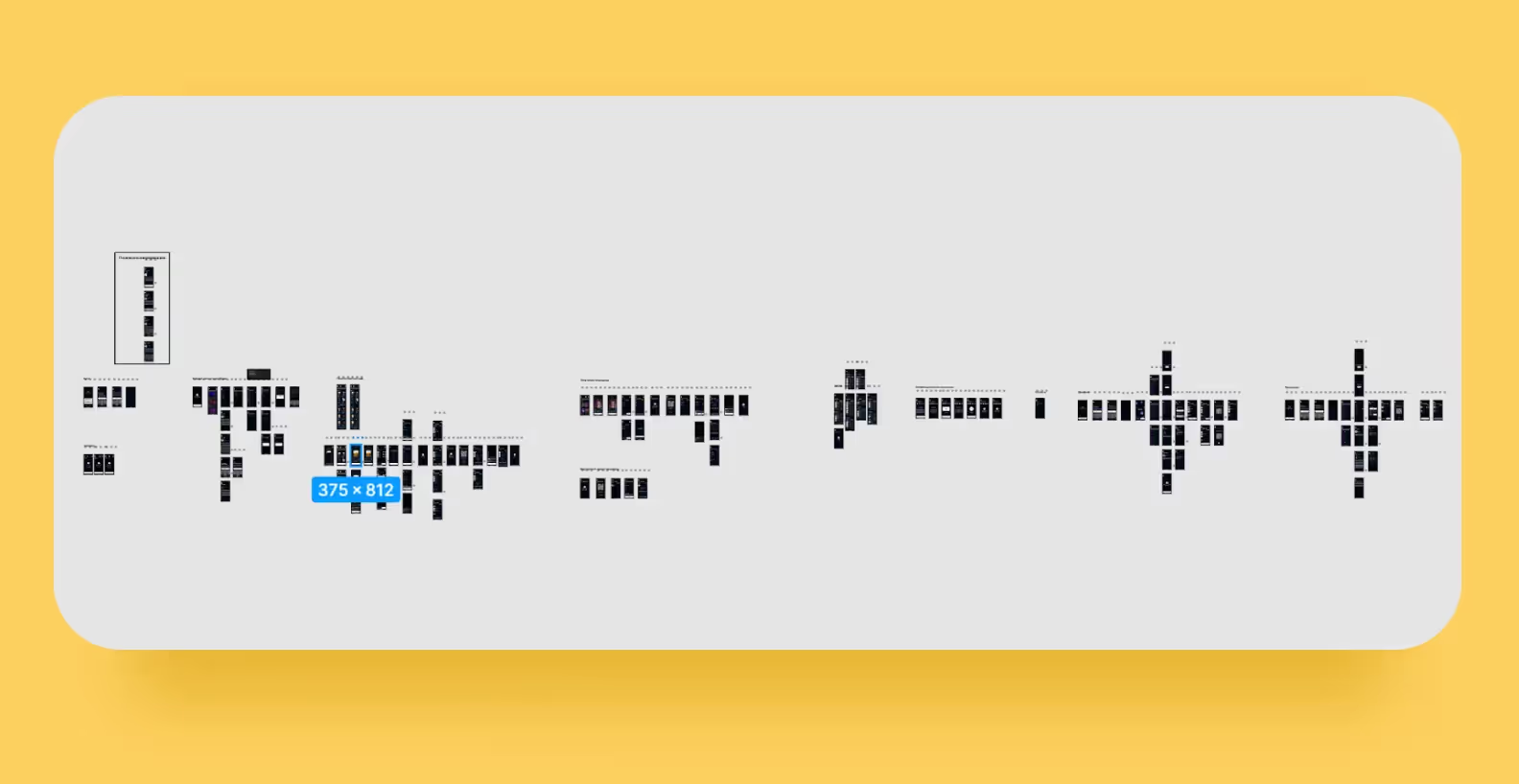
Some believe they can skip this stage and collect the data beforehand. This is possible, but some ideas can occur during the meeting. Besides, you may miss the top-priority issues if you collect data prior to the meeting. Ranging and discussing the importance of the issues are crucial for collecting data.
⏳ 20 minutes
🎯 At this stage, we locate the source of the problems and their logic. Some ignore this stage and switch right to planning their actions. Such an attitude may result in following the wrong path and wasting more time than they have saved.
💡 The famous 5 Whys template is a great choice here. As we analyze a problem, we ask Why? Five times. Thus, we exclude the initial versions and get to the source of the problem. This technique inspires people to make some unexpected conclusions and revise their previous plans.
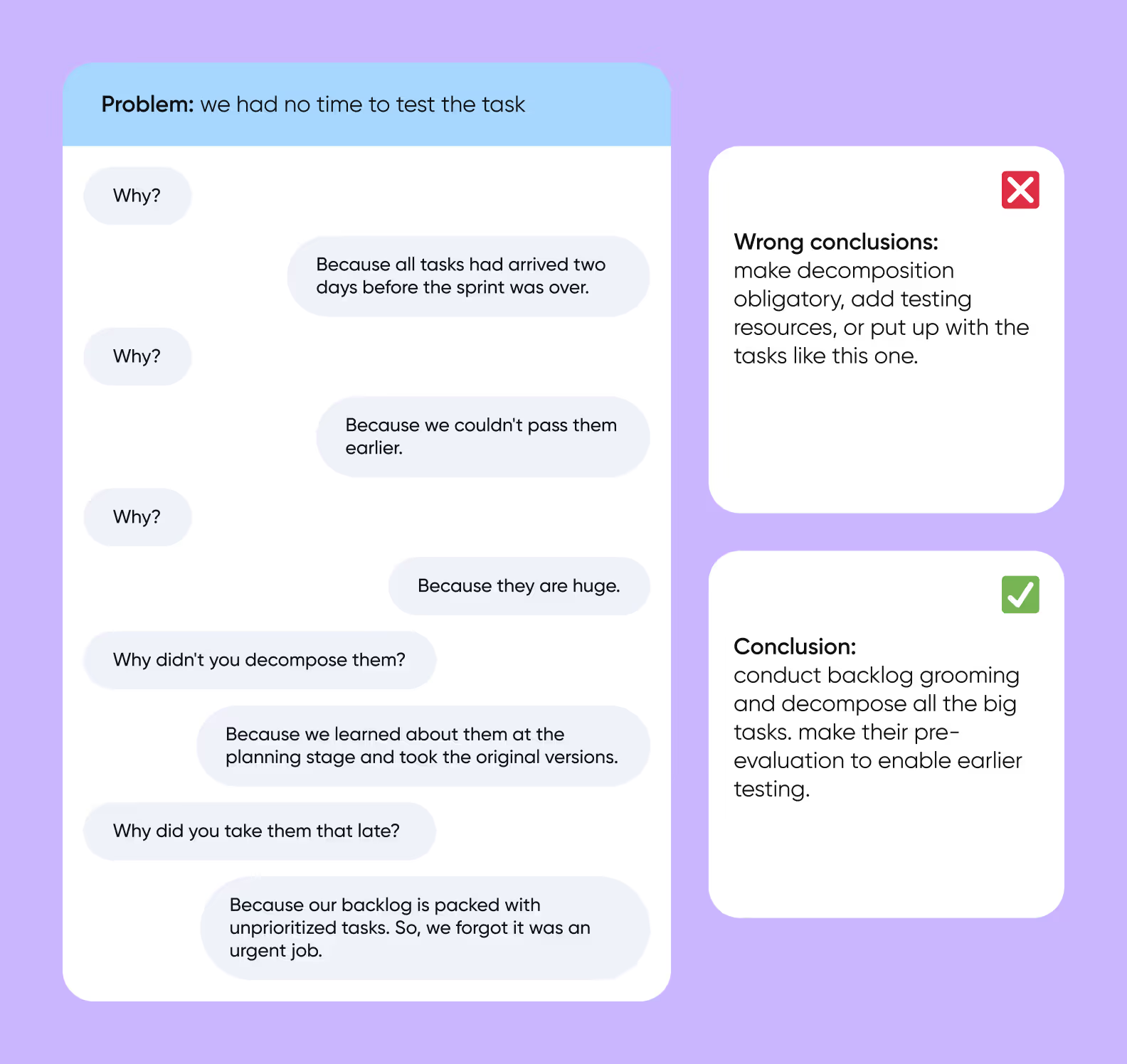
⏳ 10-15 minutes
🎯 At this stage, we build a specific plan for solving a problem. We decide on the ideas to apply, the employee in charge, the expected result, and the deadline. Then, we distribute the tasks among the teammates so every member can feel the responsibility.
💡 Note! It’s not the host who distributes the tasks. The participants say what they can do, decide whether they can manage the issue, and ask for extra help if they need any.
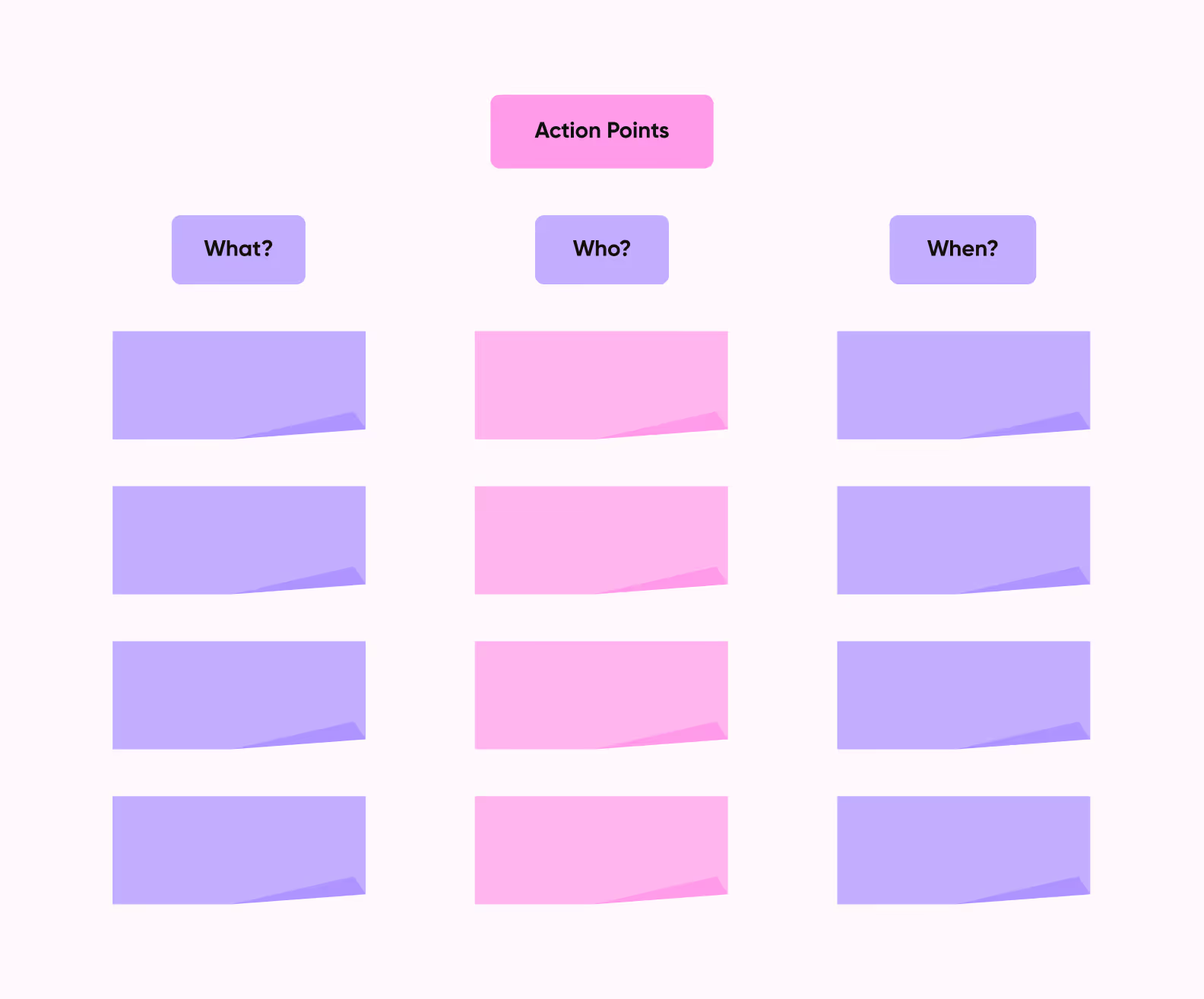
⏳ 10 minutes
🎯 It helps collect feedback. Here, we discuss the retrospective and confirm the solutions. At this stage, you can agree on the progress checks and the next meeting.
Feedback is vital. Every participant, as well as the entire team, must find value in a retrospective. You can send everyone a feedback form after the meeting. However, at the meeting itself, the teammates spend less time evaluating the retrospective, as they still feel the context.
💡 As an option, you can exchange gratitudes at the closing stage. The teammates use the template to share something nice about the meeting. Such a positive closing cheers the team up. We need more of this at work.
If your team rejects one of the stages, you should find out how your teammates see it and restructure the stage by taking their wishes into consideration. You can also experiment with the templates. If the team doesn’t help a manager with the retrospective, it will turn into an event solely for the managers themselves.
If you are running out of time, you can just make some stages shorter or extend the meeting. The host must set the priorities and protect a vital discussion from being interrupted. The plan is important, but you mustn’t follow it blindly. Your teammates will lose their interest soon enough if the retrospective is too formal.
It is best to have retrospectives at the same time on the same day. Psychologically, regular meetings are harder to miss and easier to set yourself up for. And there is a cherry on top: if the worst comes to worst and the host is not ready, the team knows what to do, as they have some ideas and plans left since the previous meeting.
The retrospective frequency depends on the issues your team has to deal with. If they are related to product development and Scrum, you can have retrospectives once a fortnight after a sprint. If Scrum is not involved, the team chooses any convenient period — once a quarter, a month, or a week.
It’s better to have retrospectives at least once a month. Over this period, the team collects plenty of data to discuss, but not enough to make your meeting endless. Besides, a month is just enough to implement the decisions made at the last meeting.
By the way, having retrospectives once a week is a bad idea. Some day, you’re going to have nothing to talk about. Make sure you have enough insights to discuss and evaluate.
Organize the meetings in the afternoon at the end of the week. This way, you will have enough information, and the retrospective will not affect your efficiency. Note that a good retrospective consumes a lot of energy.
Problems and figures are not the only topics we cover during the retrospective stages, like opening or collecting data. We deal with emotions as well.
Any team is a living organism of many natures. Some people are not ready to share their ideas right away, so emotions can be the key here. For example, you can ask if your teammate is well.
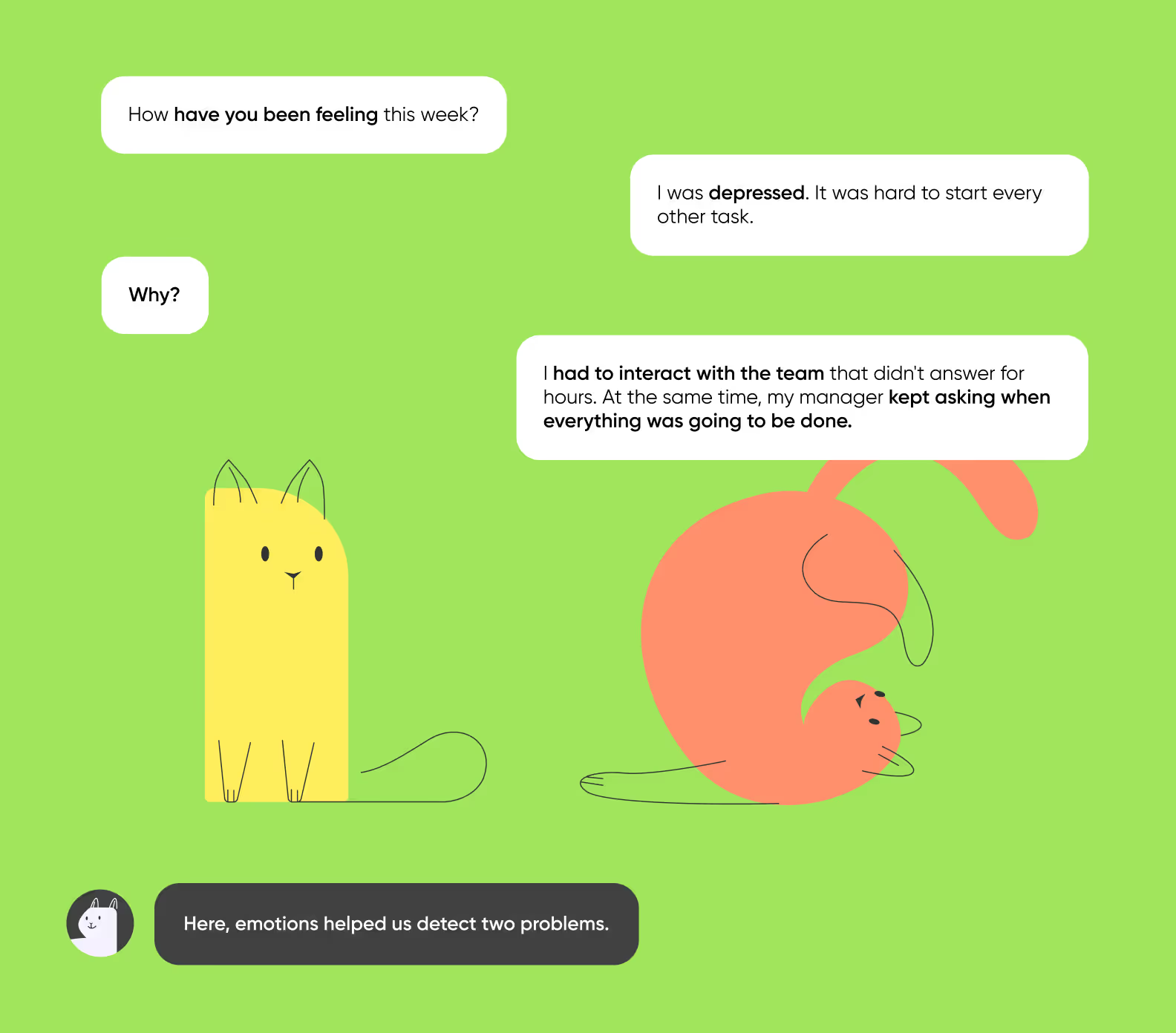
A mood chart is a useful emotion template. You can ask your teammate to draw their mood change chart for the week, so you both could see what made them happy or sad.

And this second guy, Pete, was depressed over the entire week and started feeling better only at the end. It looks like he couldn’t wait till the weekend comes. That’s certainly an issue for discussion. Maybe he needs motivation or longs for captivating tasks.
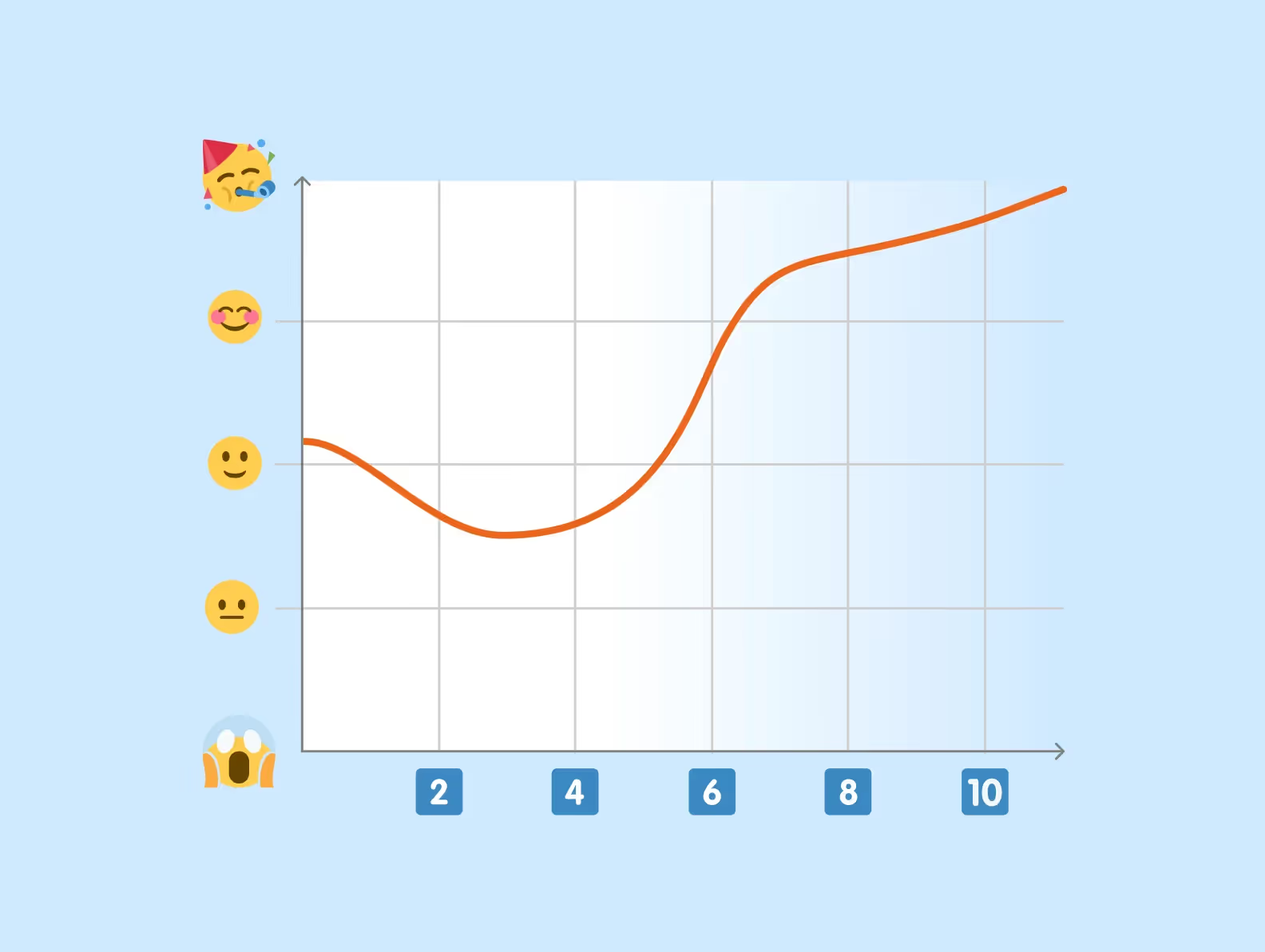
As we talk about feelings, we see it when our teammates are at risk of burnout or ready to leave. Besides, we notice conflicts and can influence them. It’s a simple fact but people forget about it.
An efficient retrospective requires an atmosphere of trust. If you don’t have it, you will hear a regular I’m OK instead of the truth.
It’s mostly the ways and means of the company that affect people’s desire to share. Some teams overreact if developers make mistakes. Specialists can’t make mistakes! It’s hard to be sincere in such an atmosphere.
Sometimes, participants can talk about clients, bosses, and internal processes of their company. What is said at the meeting must stay undisclosed. If a manager later deals with the issues openly referring to the teammates’ complaints, the next time their colleagues will not share any information with him or her.
Sometimes, you may need a third party’s opinion. In such cases, make sure every retro participant is safe.
To support the atmosphere of trust, everyone must follow the rule — what happens at a retrospective, stays at a retrospective.
There is one more rule — never get personal. If a discussion turns into criticizing each other for mistakes, you will have no volunteers to share their ideas at the next meeting. Ask your colleagues to find the actual source of the problem instead of discussing participants’ individual qualities.
Don’t expect your teammates to share at the first meetings, especially if you have just joined the team. You must win their trust with your actions. Make them see you are honest and neither criticize nor judge anyone. They will copy your behavior.
The diversity of opinions helps you solve your problems. That’s why you need more than just a couple of involved participants.
If the involvement is poor, find out the reasons. One way is to put your retrospective on pause and ask your teammates what prevents them from participating. If they don’t answer, talk to them after the meeting when they feel at ease.
Reasons vary: they can be busy or shy. Some may doubt the value of retrospectives. Every case requires an individual approach.
A few personal details can boost the involvement: just add participants’ names and images above the related fields. You could have noticed them in some templates here.
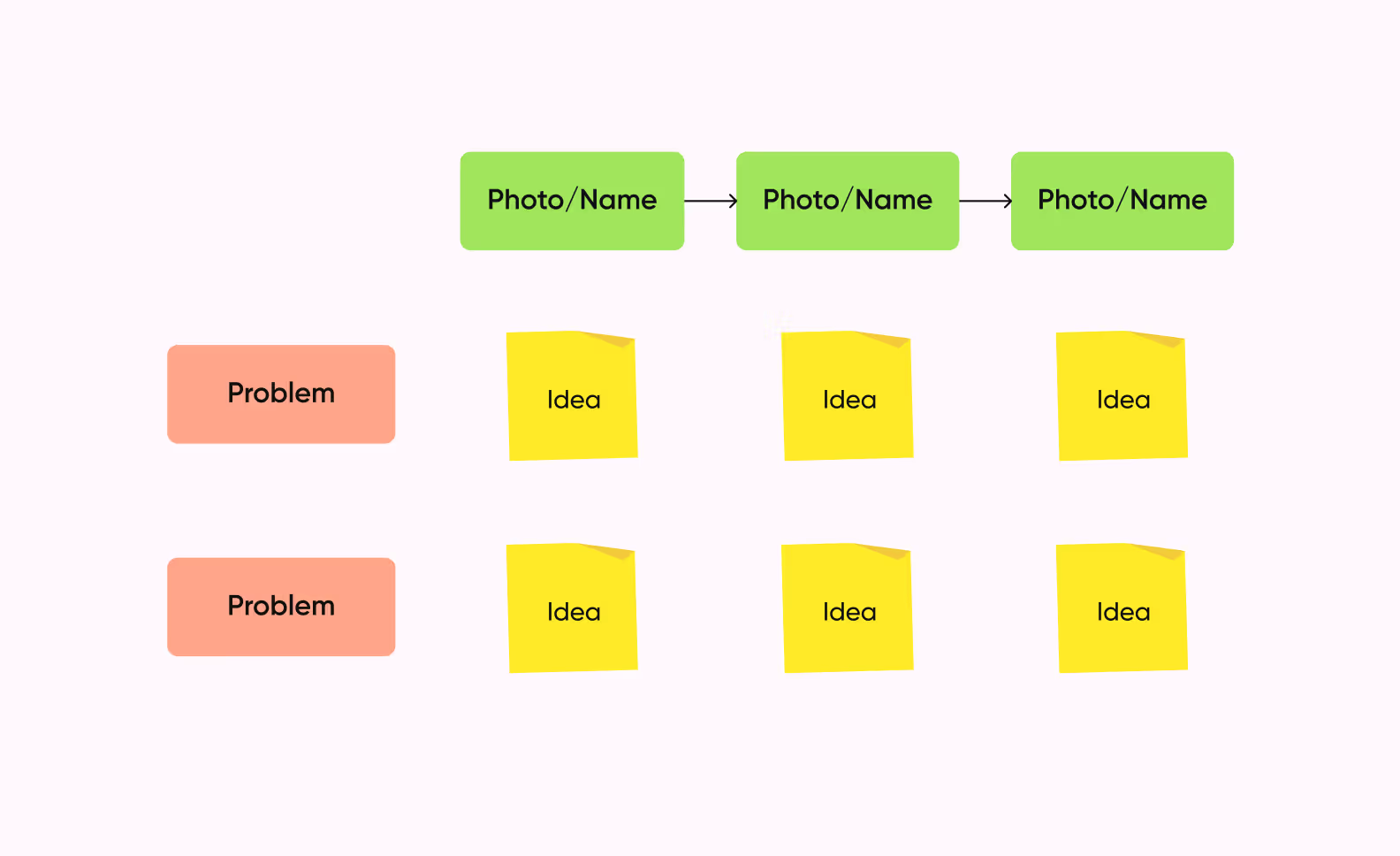
It’s crucial to highlight the results of the solutions you came up with at earlier meetings. Both retro and any other get-together will do. That’s how we show the meeting value and inspire the team to solve other problems. Use the metrics to showcase the result.

Filter out the problems you can do nothing about. You can’t change your clients’ ways or your company’s business strategy. The heap of unmanageable tasks just keeps growing and stressing out the host as well as the team. As a result, retrospectives lose their value.
The team and the host not only implement useful solutions but also reject worthless ones. That’s why regular revision and validation are a must.
Retrospective is a valuable tool for a manager. It helps a team deal with issues and stresses achievements. It boosts positive emotions, helps beat burnout, and keeps precious employees in the company. Let’s make an efficient summary: